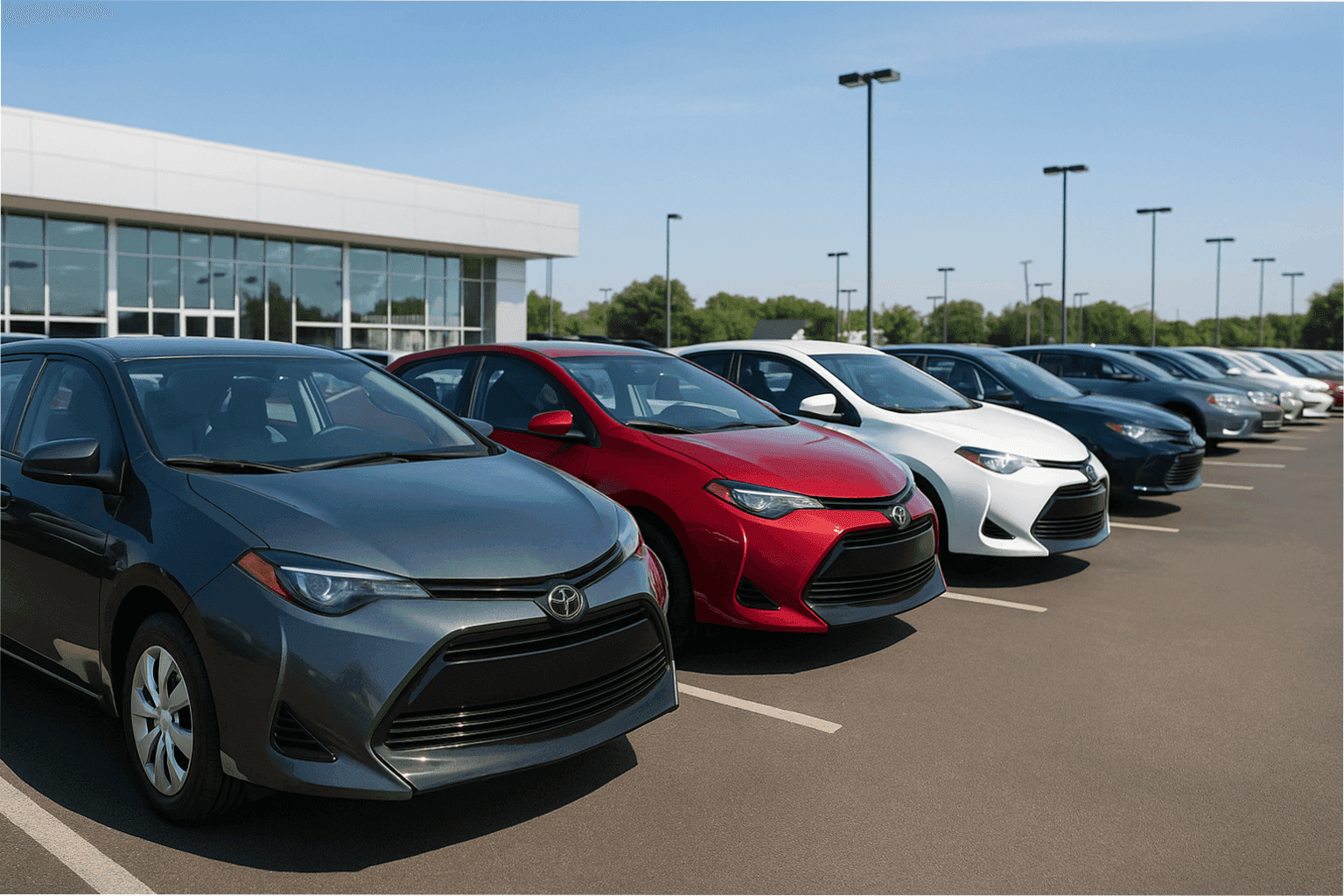What’s Happening in the U.S. Car Market Right Now: Price Trends, Demand Shifts, and Key Reasons Behind Them
A 2025 Deep Dive Into Pricing Dynamics, Market Behavior, and Consumer Demand

he U.S. automotive market in 2025 is moving through one of the most unpredictable cycles of the last decade. Prices are no longer spiking the way they did during the pandemic, but they also aren’t dropping as fast as many buyers expected. Demand has become polarized: some segments are cooling down rapidly, while others are heating up again.
Below — a full breakdown of where prices are heading, what buyers are looking for, and why the market behaves this way right now.
Current Price Dynamics in 2025
Used car prices are finally stabilizing — but still above pre-2020 levels
After three years of extreme volatility, the used-car market has settled into a slower, more predictable pattern. However, prices remain 18–25% higher than in 2019.
Why prices aren’t returning to old levels:
Shortage of 2020–2022 lease returns
High cost of new cars pushing buyers toward used options
Fleet shortages slowing the supply of ex-rental vehicles
Higher interest rates limiting trade-ins
What this means for buyers:
Slightly better deals, but no dramatic price collapse.
New car prices continue to grow — slowly but consistently
Average new car transaction prices in 2025 are up 2–4% year-over-year, driven by:
Higher production costs
Increased EV component pricing
More expensive safety tech becoming standard
Shift toward SUVs and crossovers instead of sedans
The average new vehicle in the U.S. now sells for $48,000+.
EV prices are cooling — discounts are back
Electric vehicles are the only segment experiencing meaningful price reductions.
Why EVs are getting cheaper:
High inventory levels at dealerships
Reduced demand after federal incentive changes
Lower resale value discouraging buyers
Manufacturers shifting away from aggressive EV expansion
Today, many EVs sell below MSRP, and used EV prices have dropped 20–35% depending on the model.
Where Demand Is Growing — and Why
Affordable cars under $20,000
There is a massive shortage of practical, low-cost vehicles.
Demand is extremely high, supply extremely low.
This segment includes:
Compact sedans
Older Japanese models
High-mileage fleet vehicles
People want budget-friendly transportation again, but manufacturers largely abandoned the low-price category.
SUVs and crossovers remain America’s favorite
Over 60% of all new vehicles sold in 2024–2025 are SUVs.
Reasons:
Better perceived safety
More cargo space
Higher driving position
Improved fuel efficiency vs. older SUVs
Demand stays strong even though prices are among the highest in history.
Hybrid vehicles are growing faster than EVs
Hybrids are currently the strongest-growing segment.
Why:
No charging required
Better fuel economy
Lower long-term maintenance cost
Affordable price point compared to EVs
Higher resale value
For many consumers, hybrids are the “safe middle ground” instead of fully going electric.
Why the Market Looks This Way: Key Reasons Behind 2025 Trends
Interest rates remain the biggest factor
High loan rates are reshaping the market more than any other variable.
Monthly payments have increased by 30–40% since 2020
The average new-car payment: $750–$820/month
The average used-car payment: $520–$580/month
This pushes many buyers out of the new-car market entirely.
Supply chains are healing, but still not at 100%
Manufacturers restored most production capacity, but certain areas remain problematic:
Computer chips
Batteries
Premium interior components
ADAS/Safety modules
This keeps production costs elevated.
Manufacturers are prioritizing high-margin vehicles
Automakers discovered that SUVs, trucks, and luxury models deliver higher profit margins.
As a result:
fewer budget models
fewer compact sedans
more premium trims as “standard options”
Which artificially keeps the entry price higher.
Shifts in lifestyle and work patterns
Remote work and suburban migration drive demand for:
crossovers
mid-size SUVs
pickup trucks
Meanwhile, small-city markets are buying older and simpler cars to reduce costs.
Overall Market Outlook for 2025
Prices will not return to pre-2020 levels
There is no economic or industrial scenario where new or used cars drop back to 2018–2019 pricing.
EV prices will continue to decrease
Oversupply + lower demand = further markdowns expected.
Hybrids will dominate growth
They are currently the most practical choice for most Americans.
Used cars will stay expensive
Too few 2020–2022 models exist, and high rates limit supply.
Buyers will travel between states more often
Tax-friendly states like Oregon, New Hampshire, Florida, Virginia, Texas will continue seeing out-of-state shoppers.

